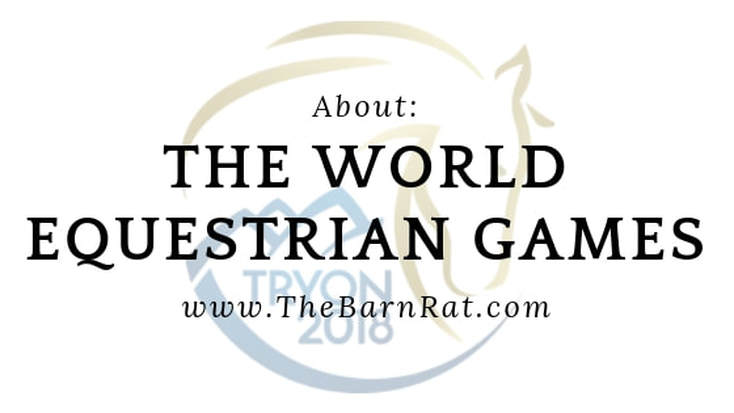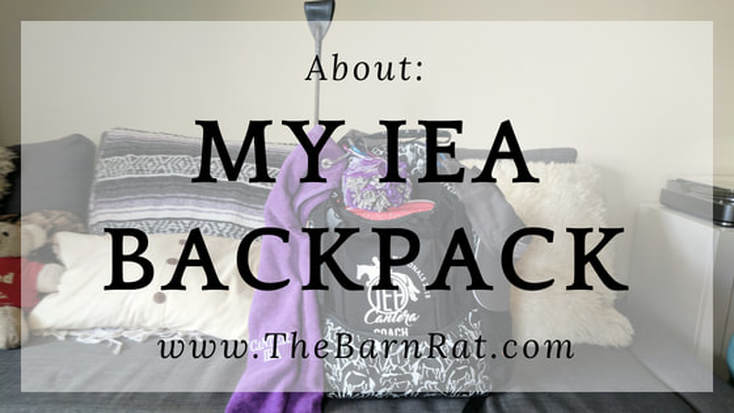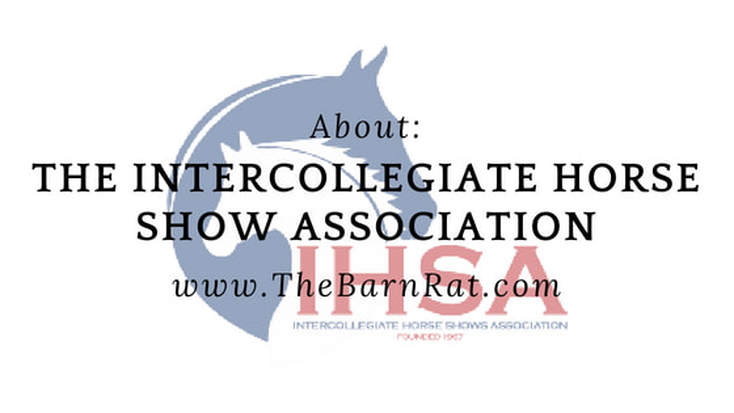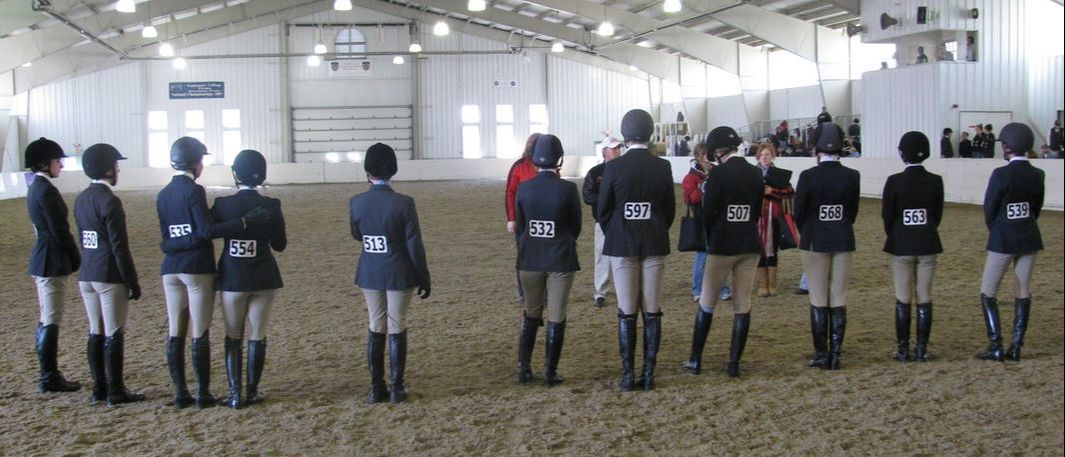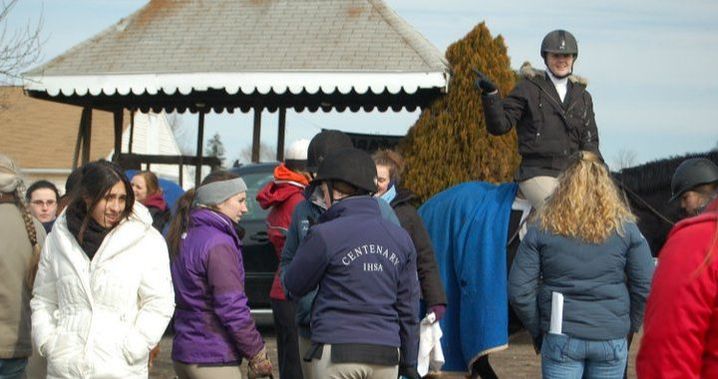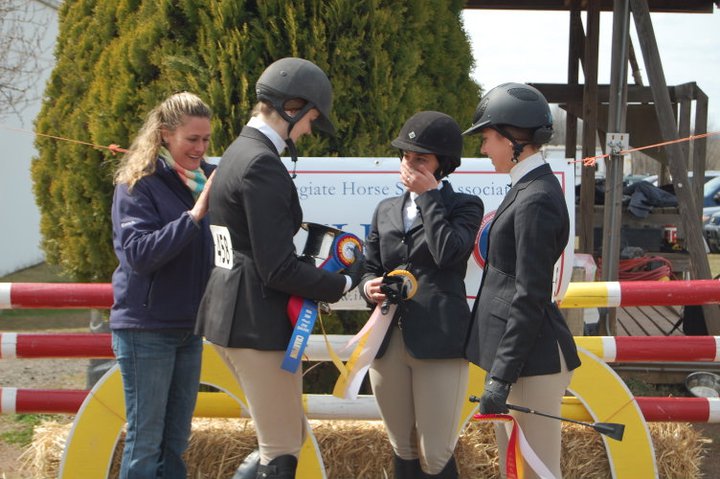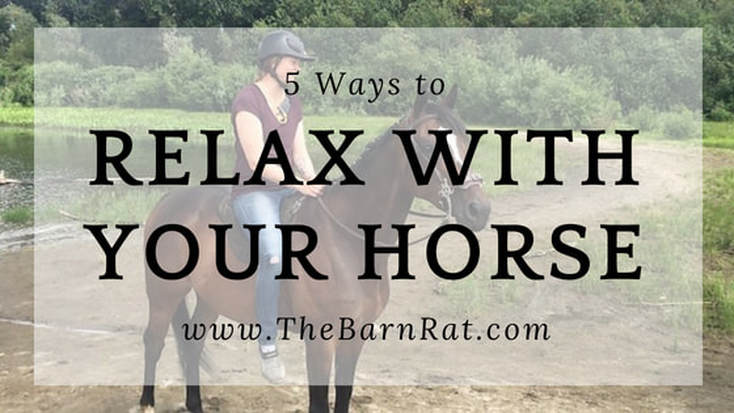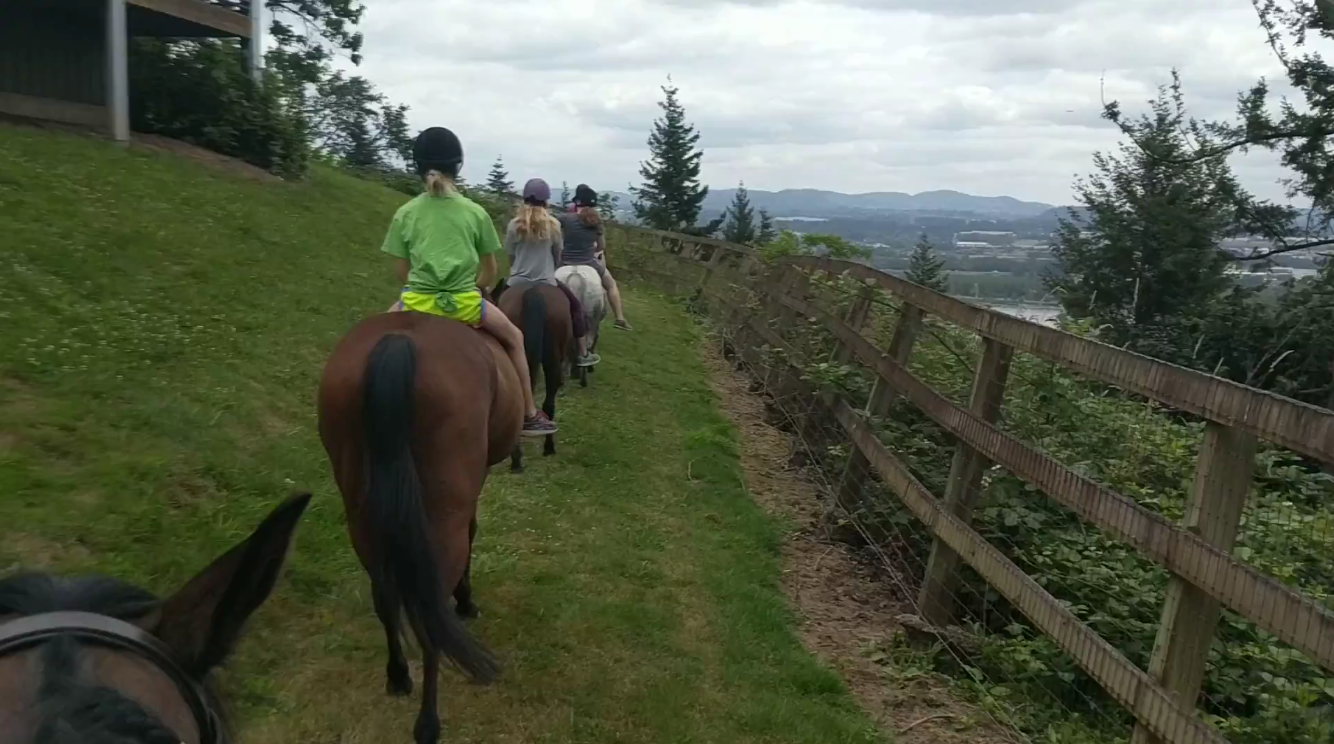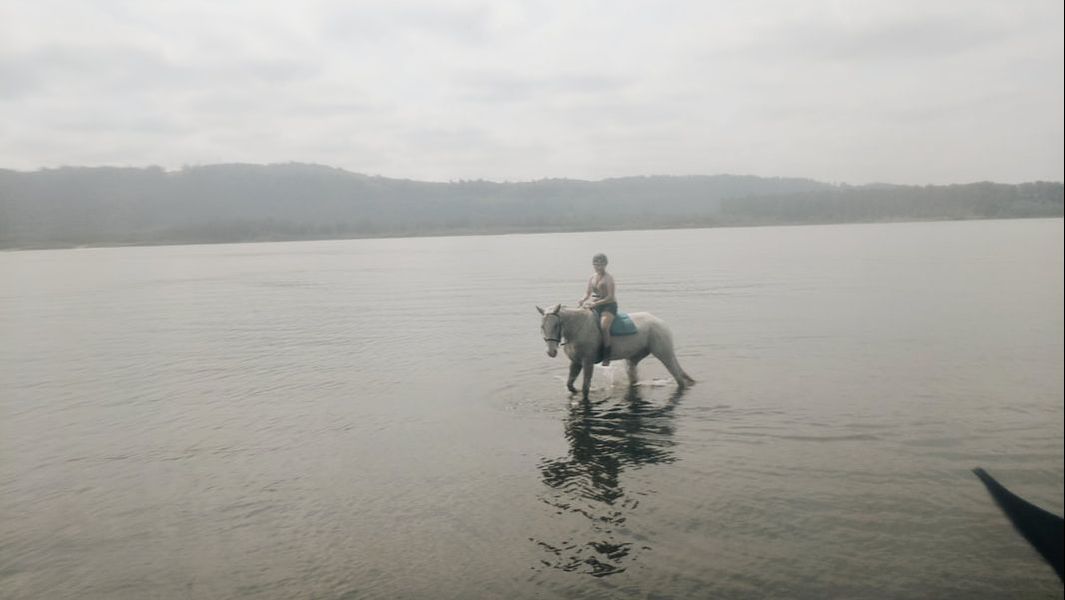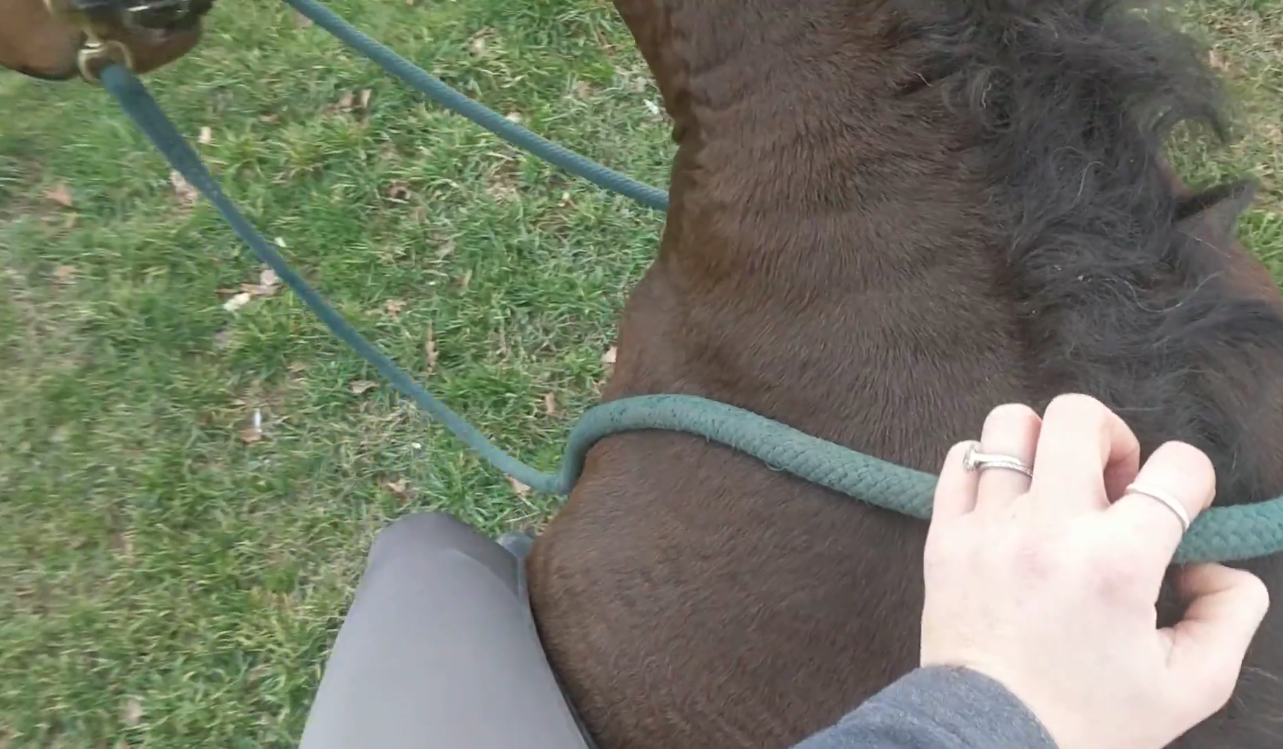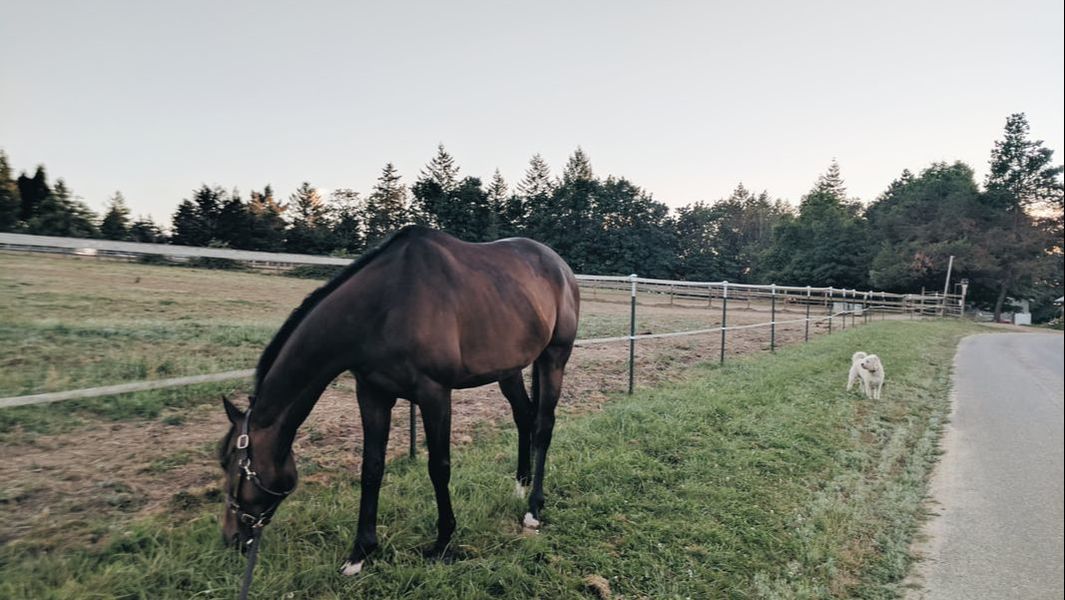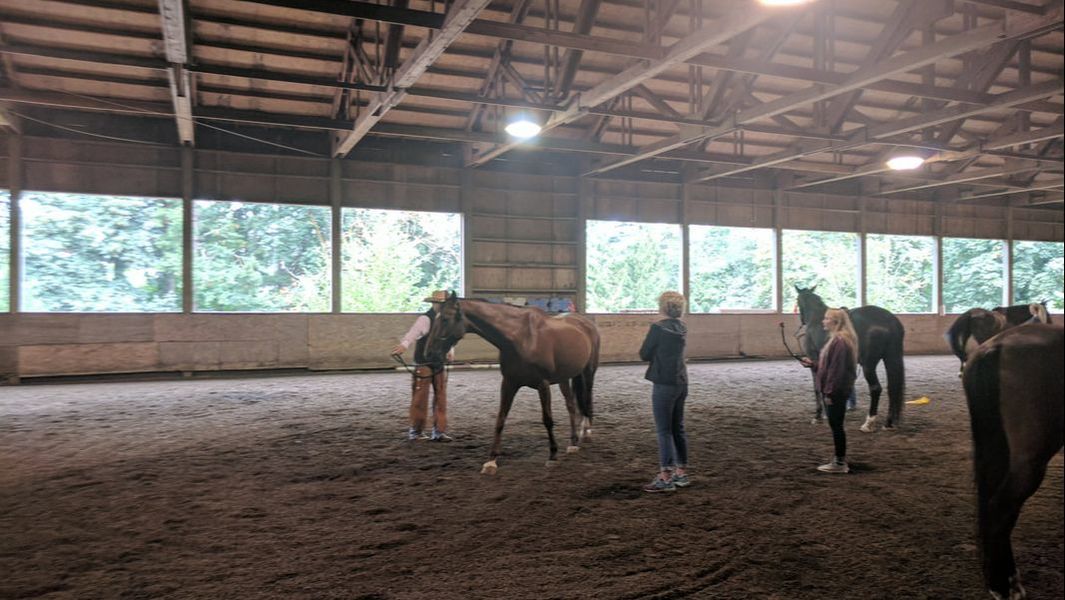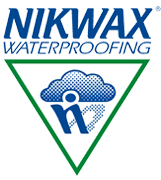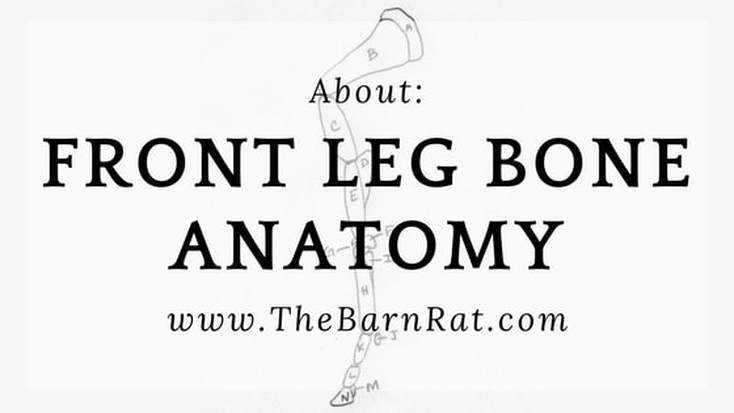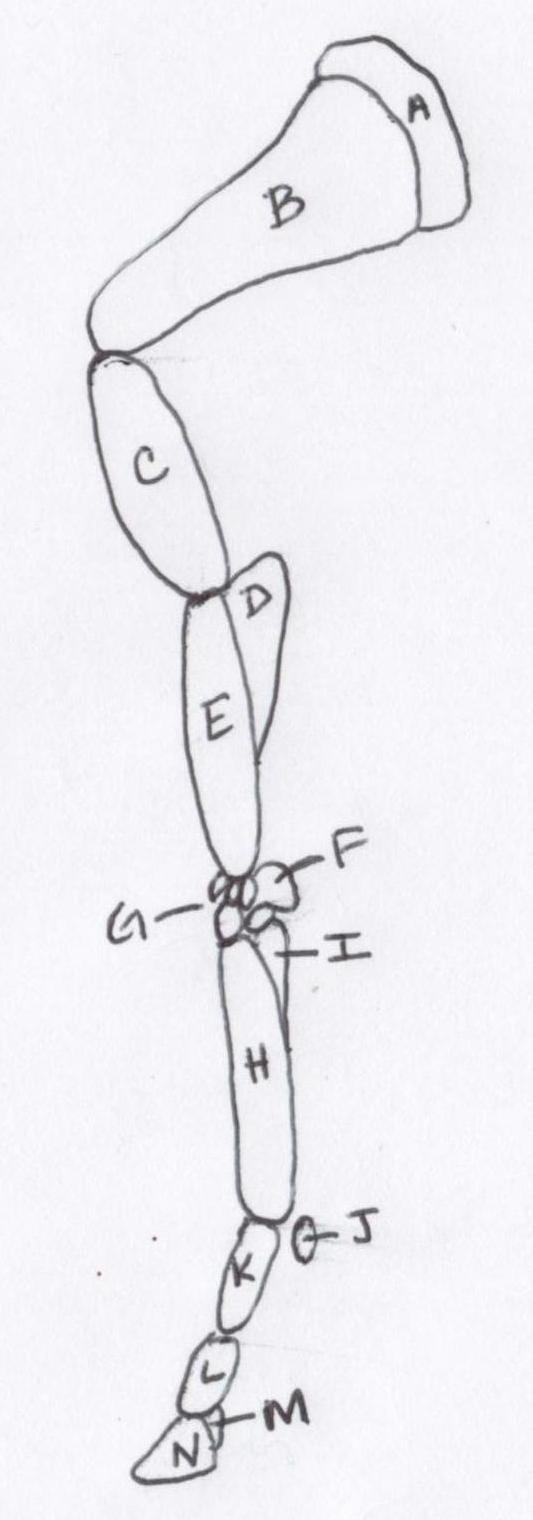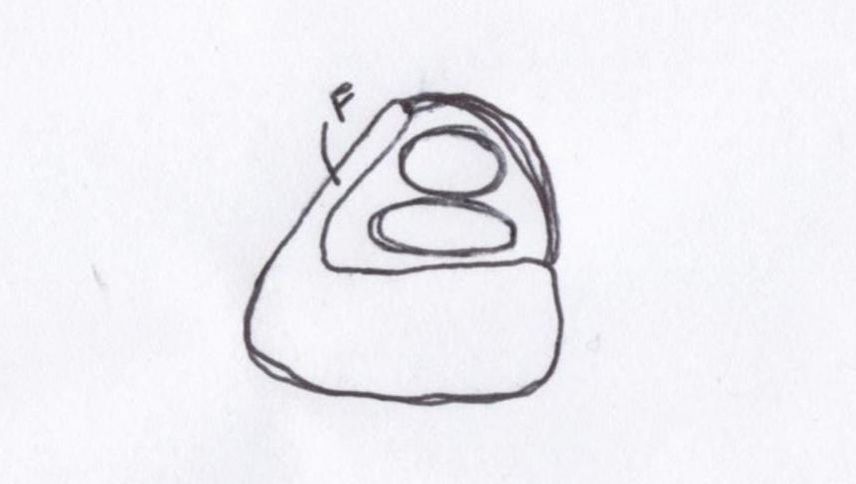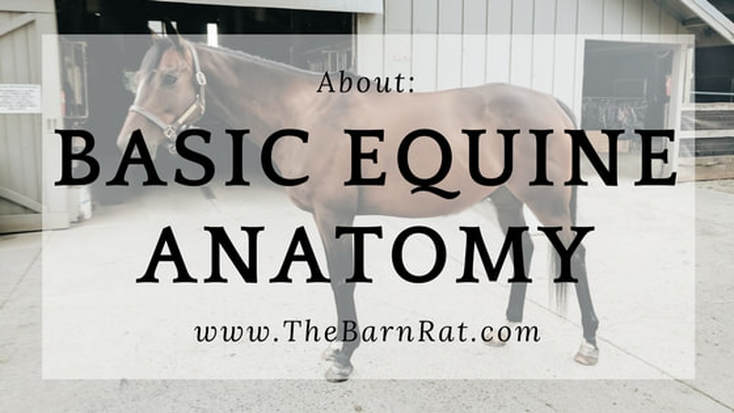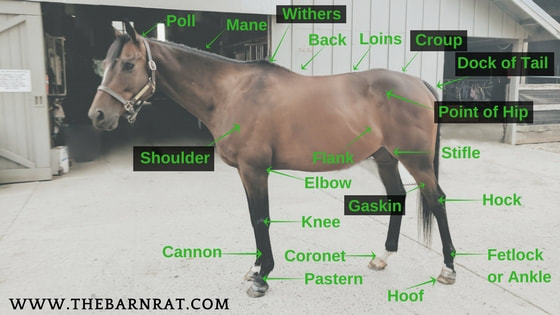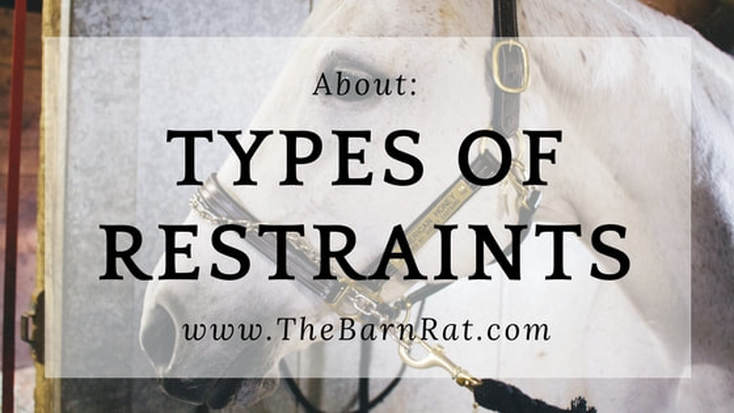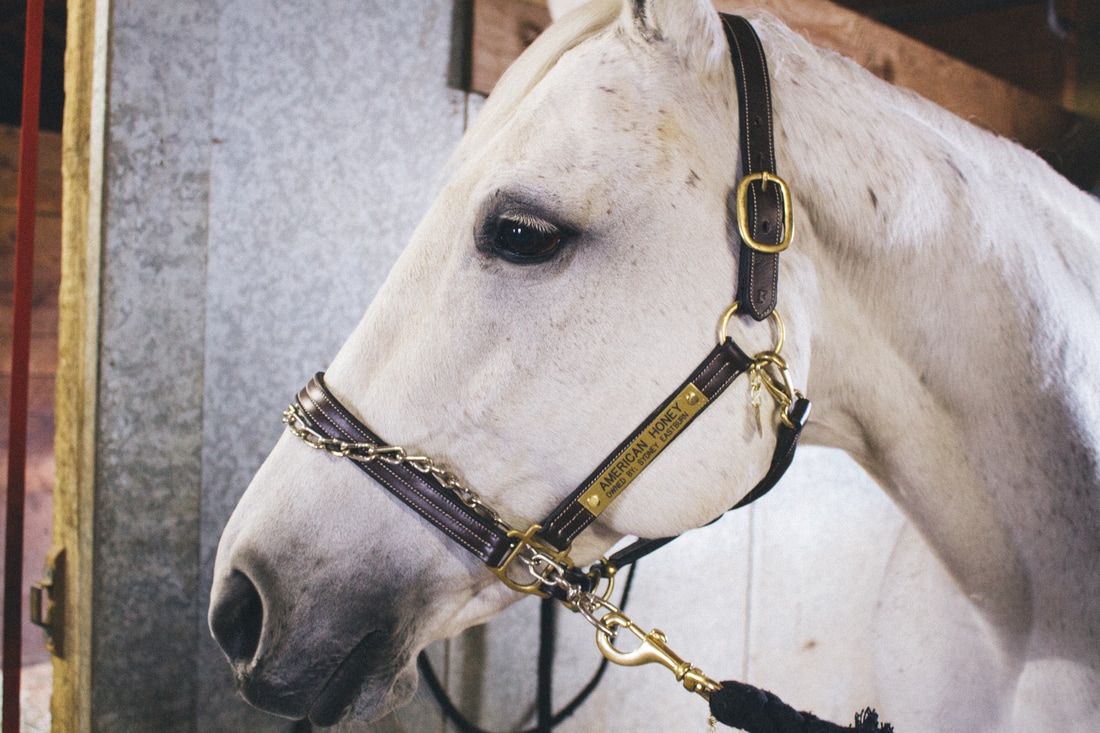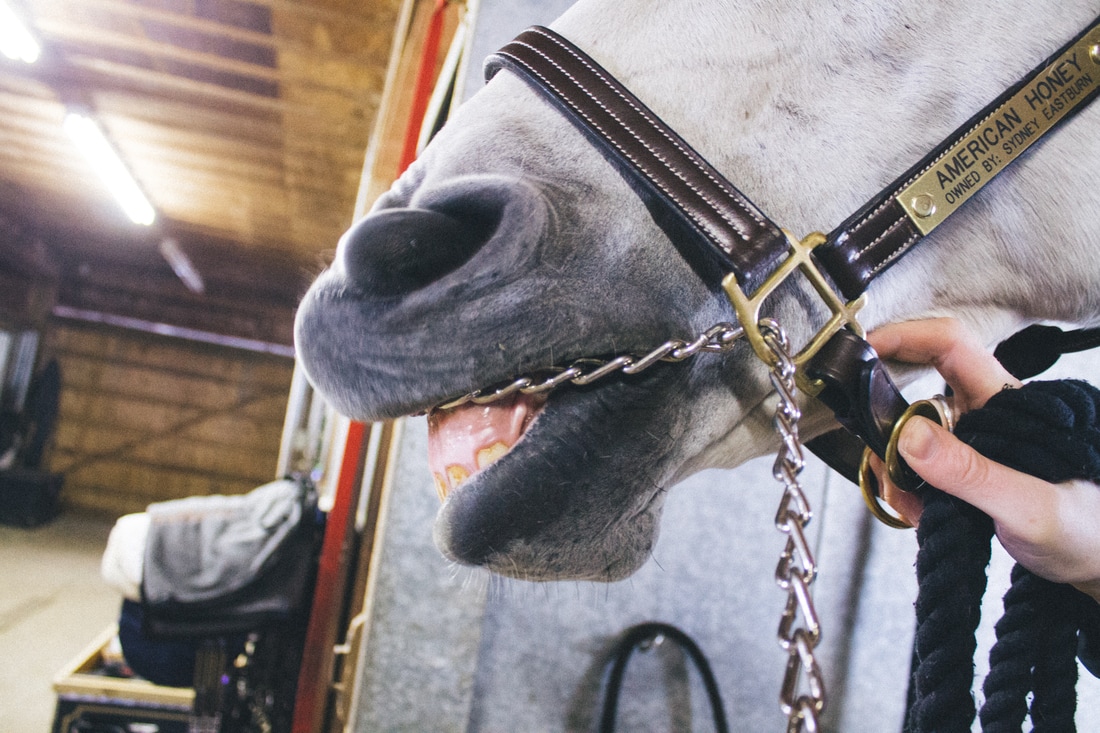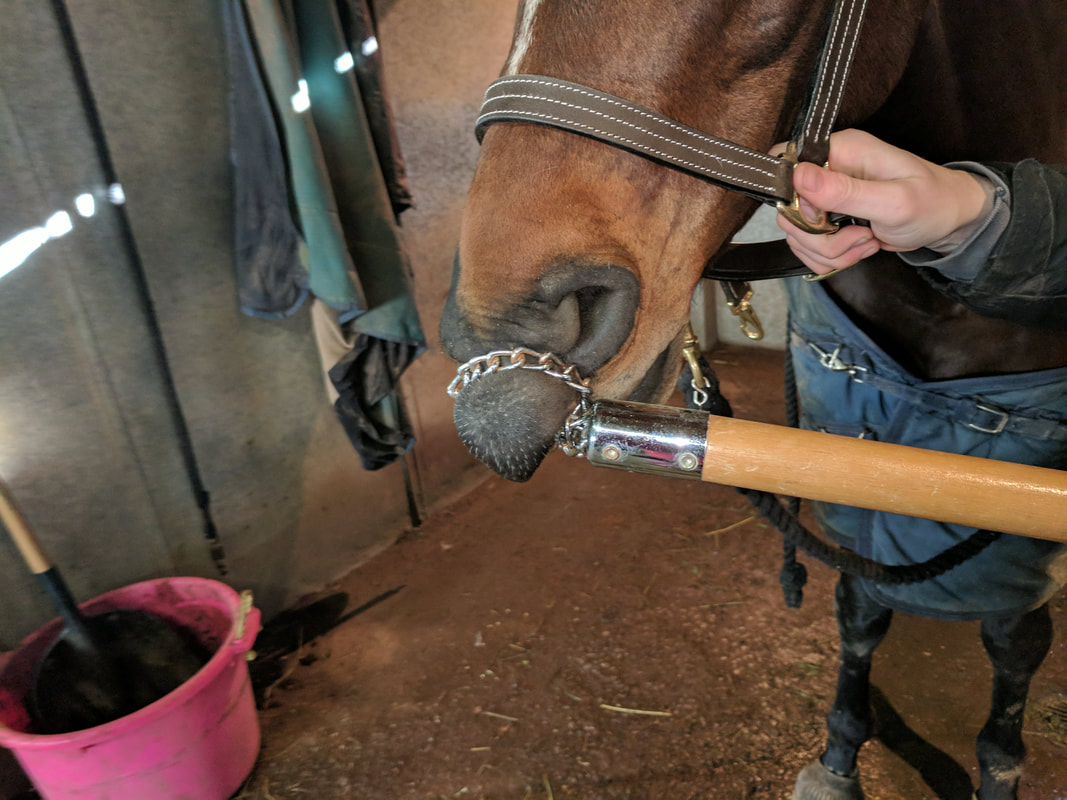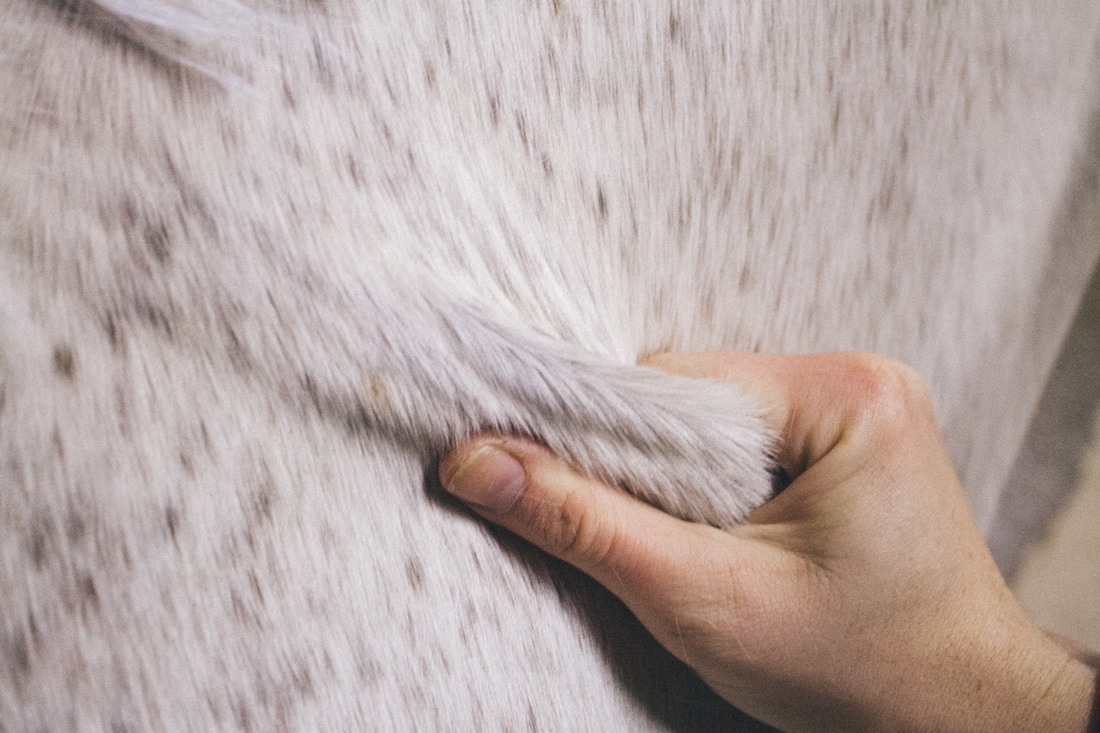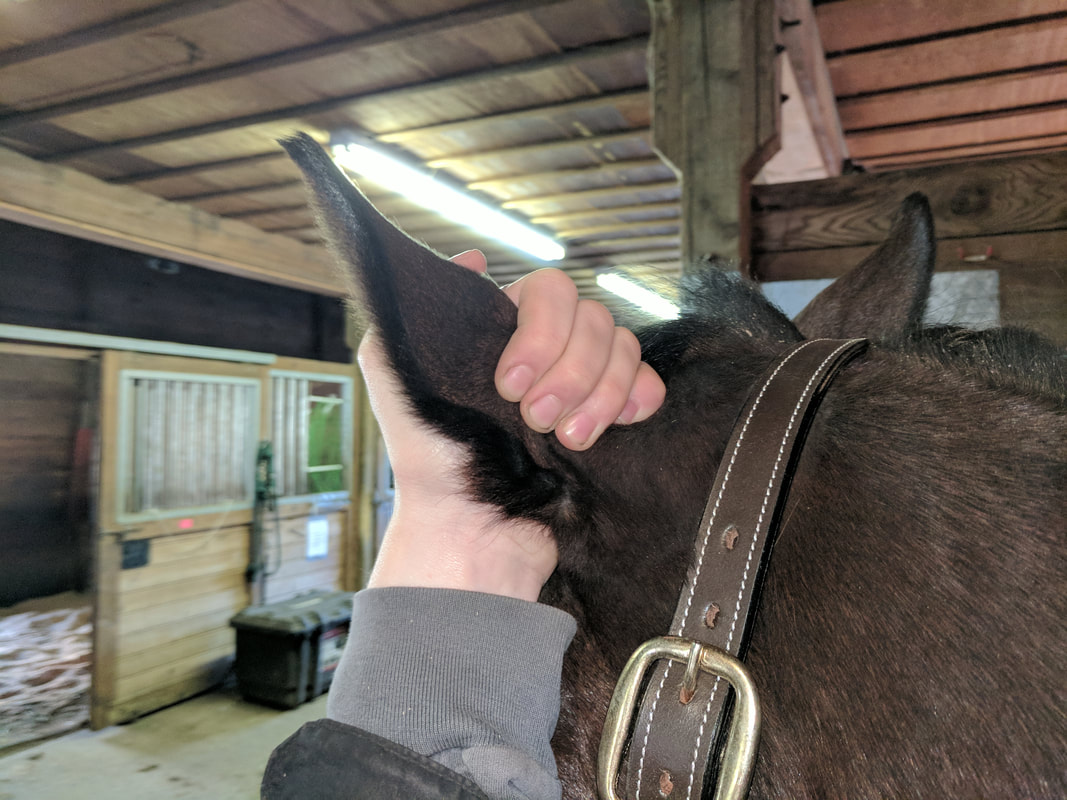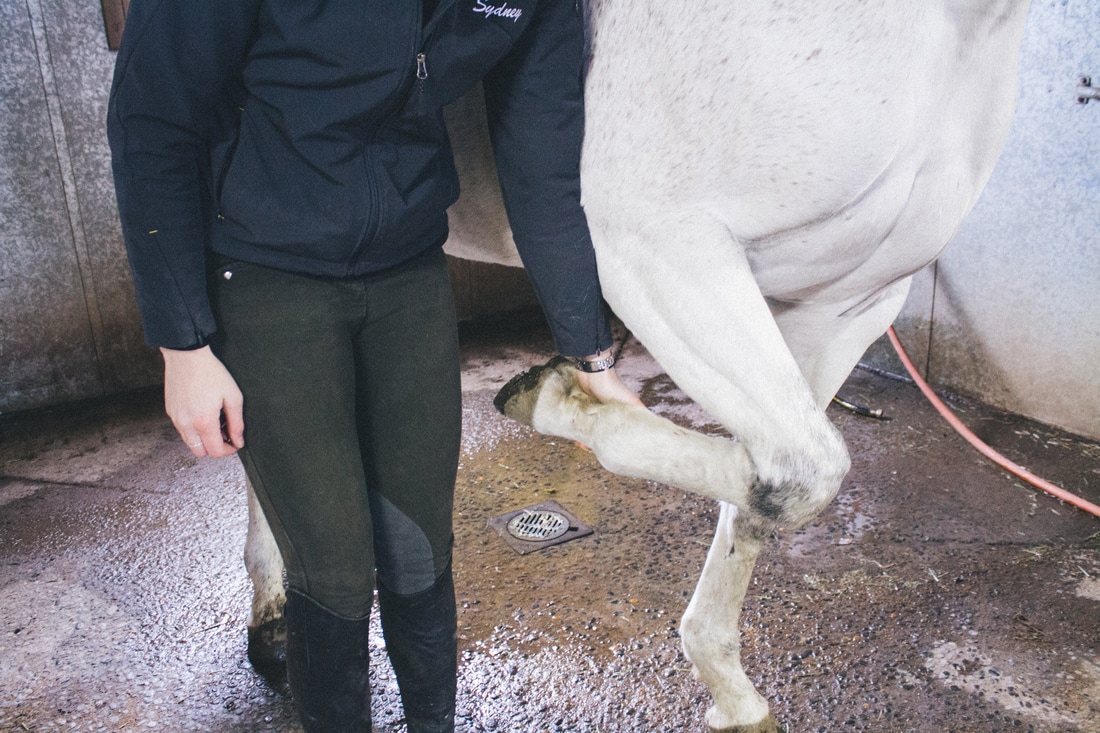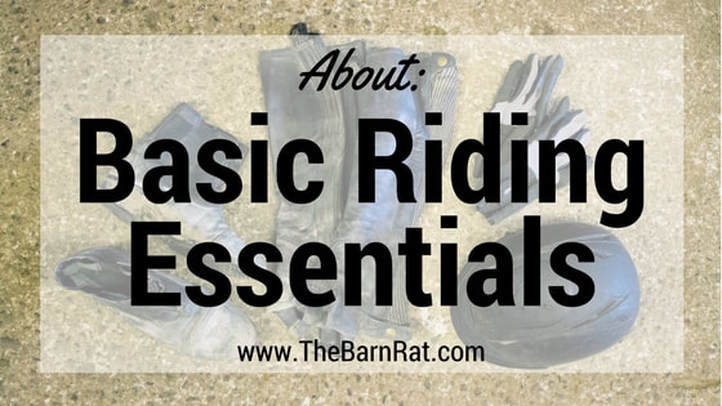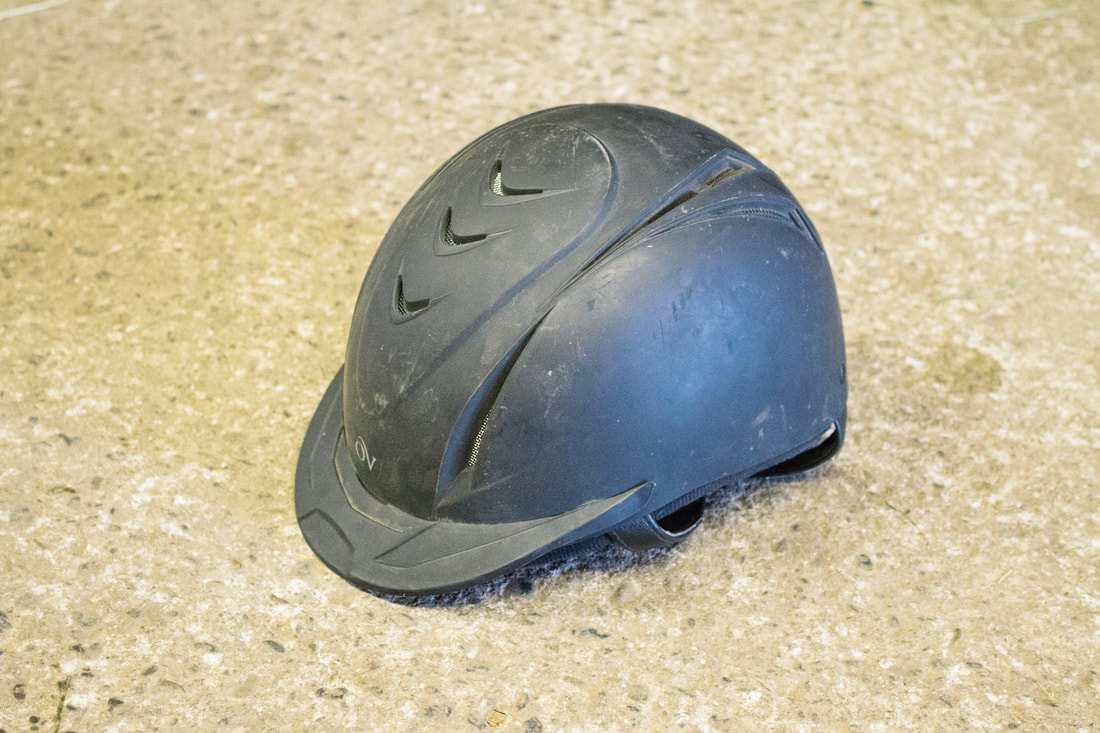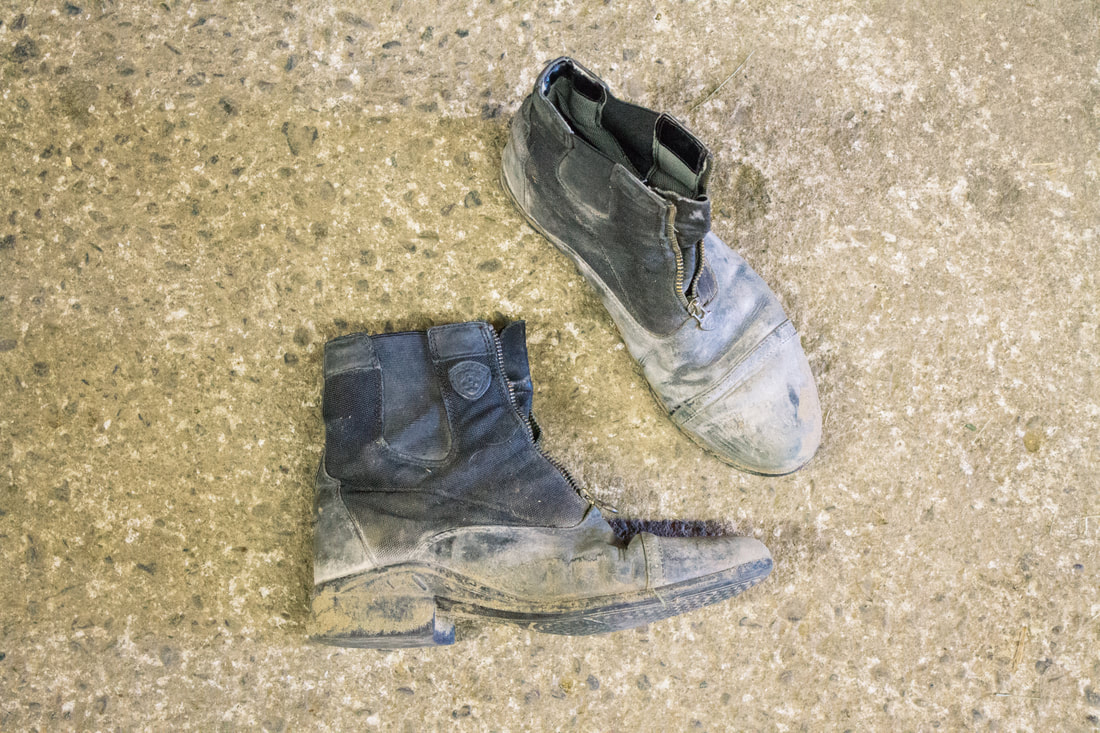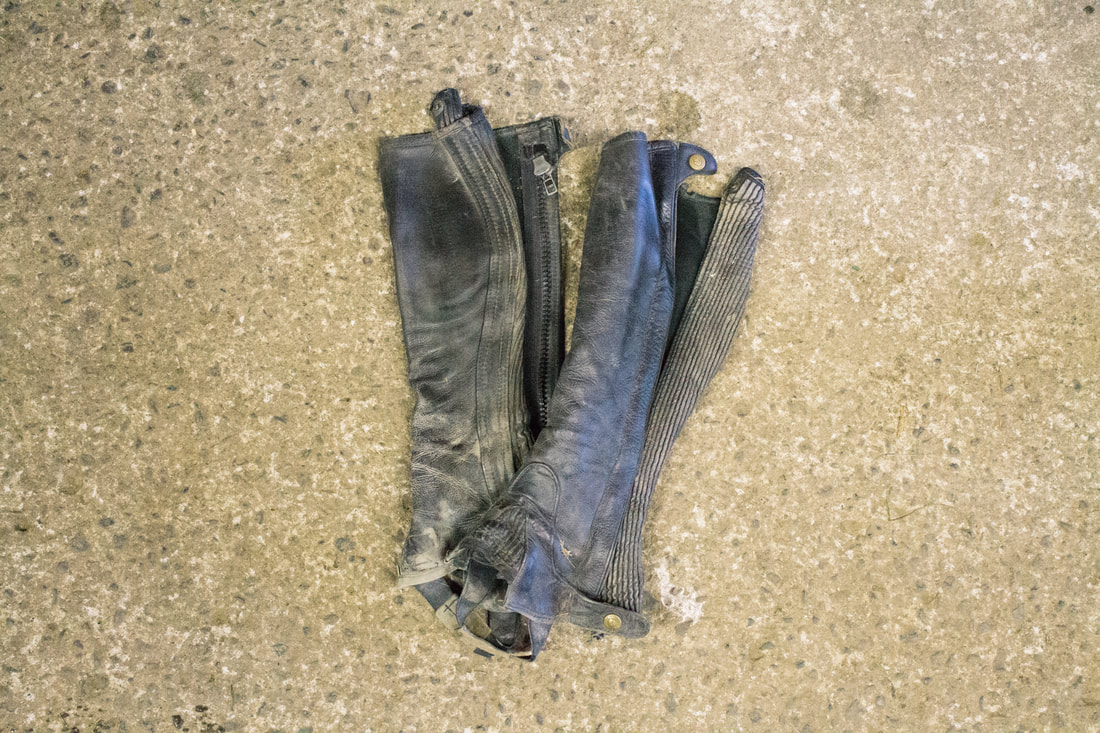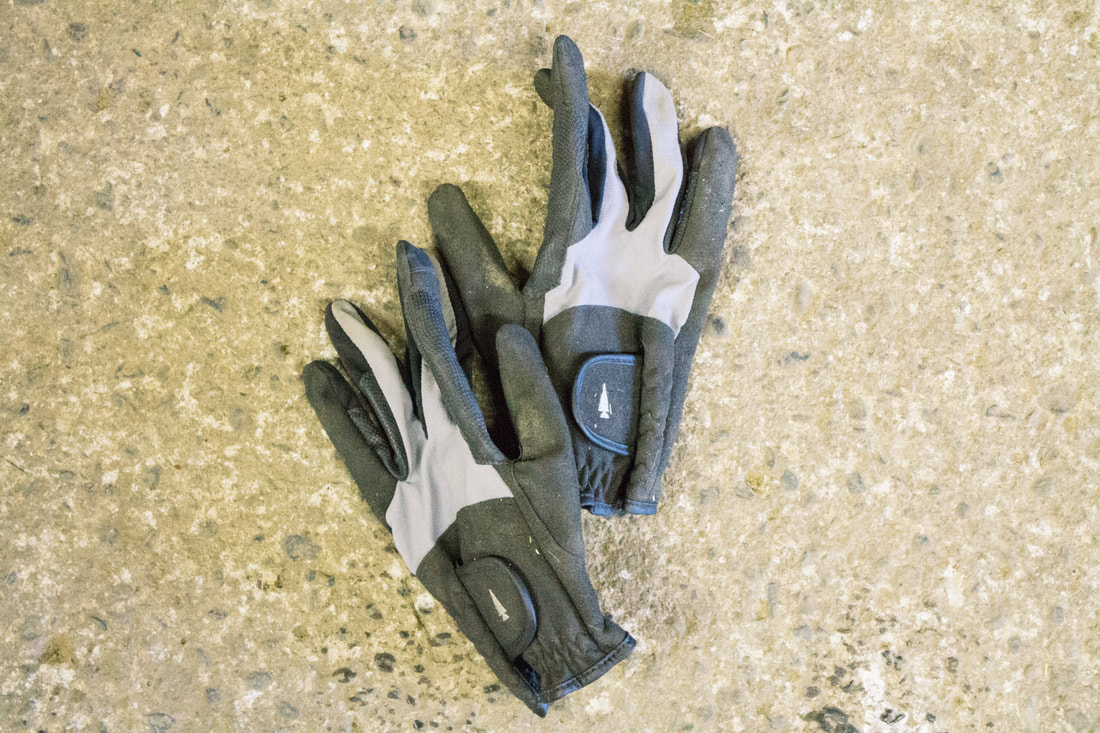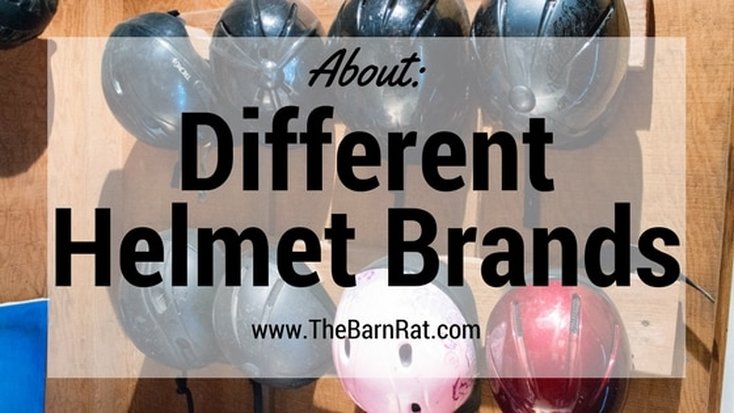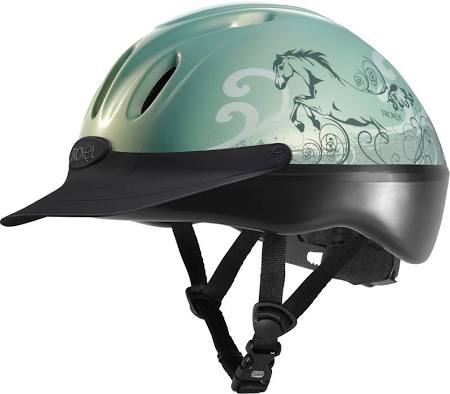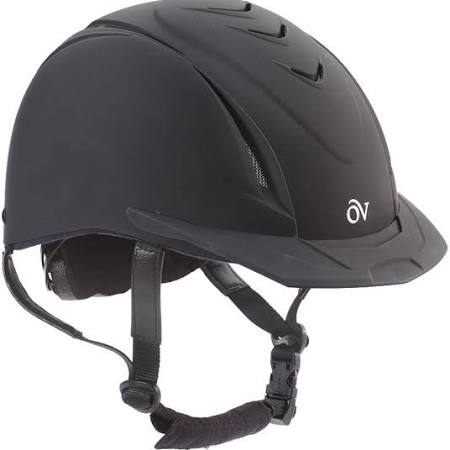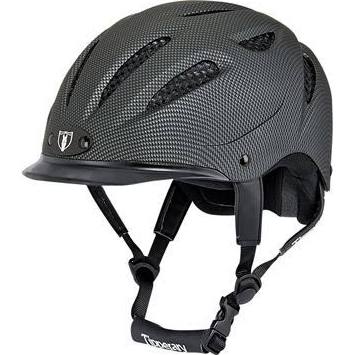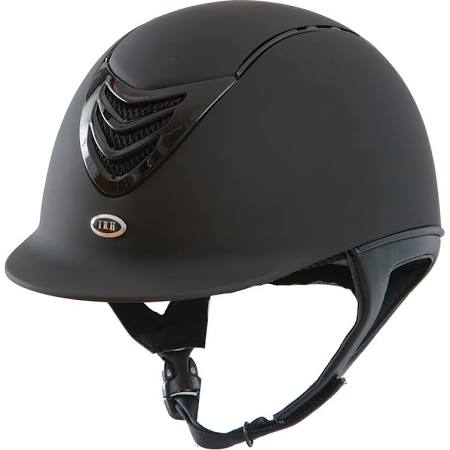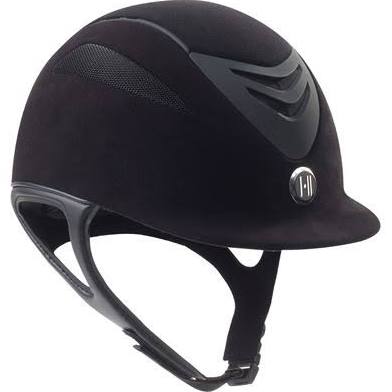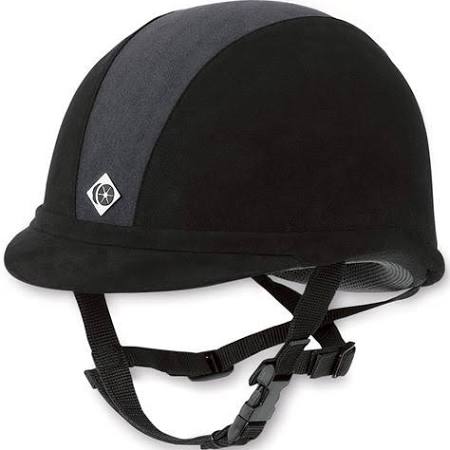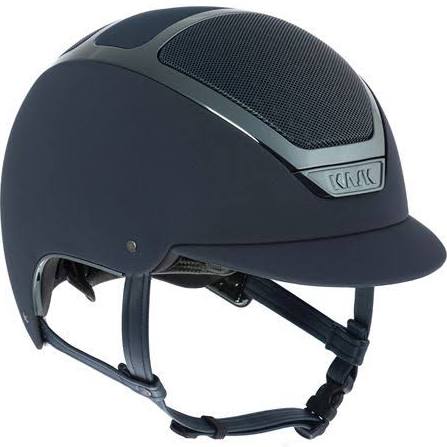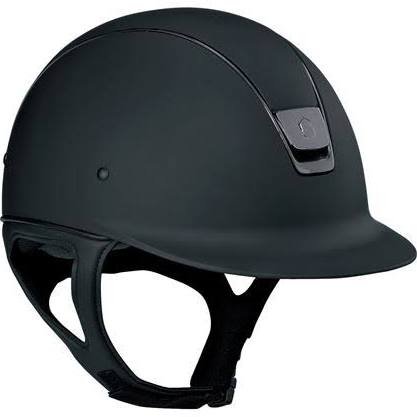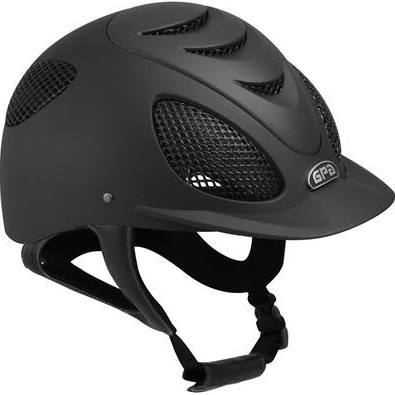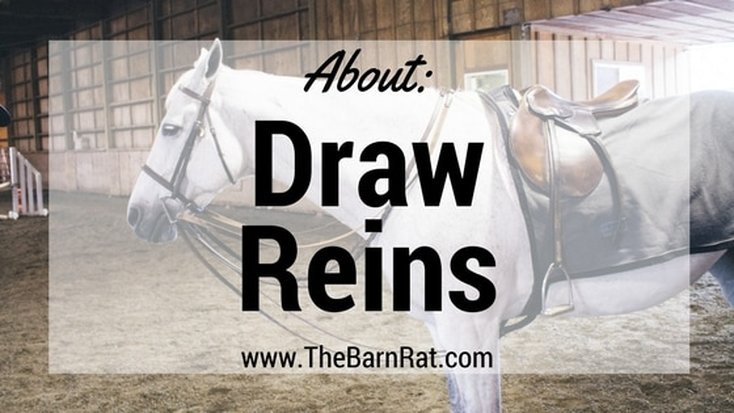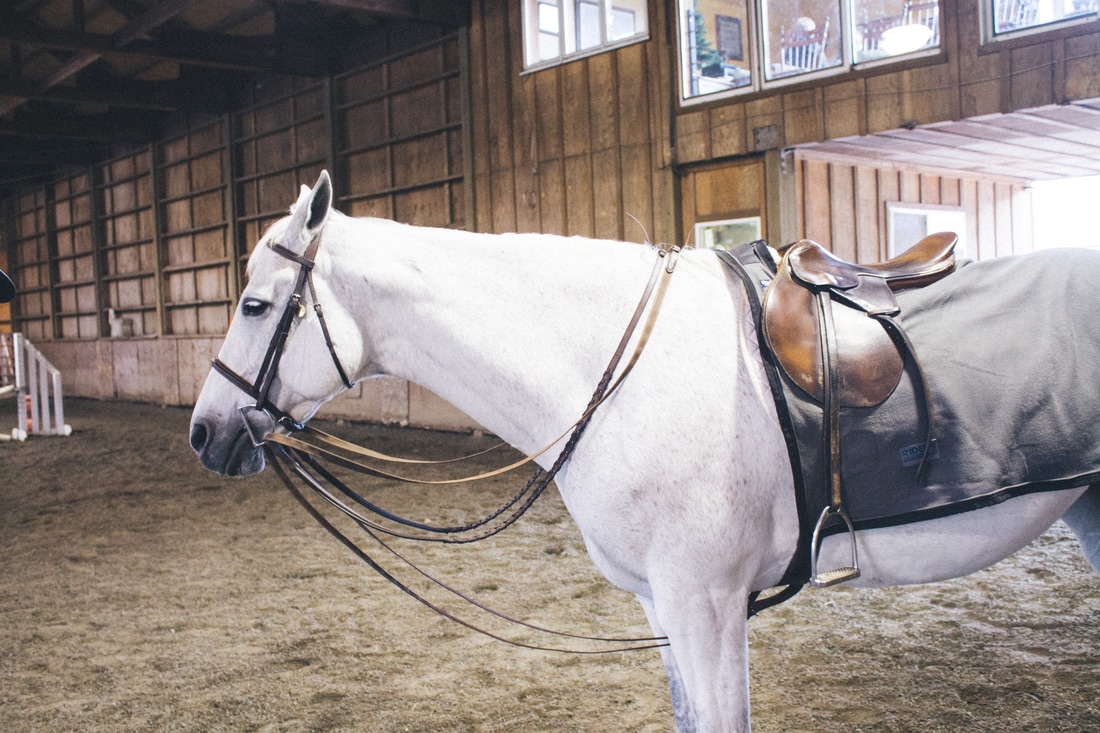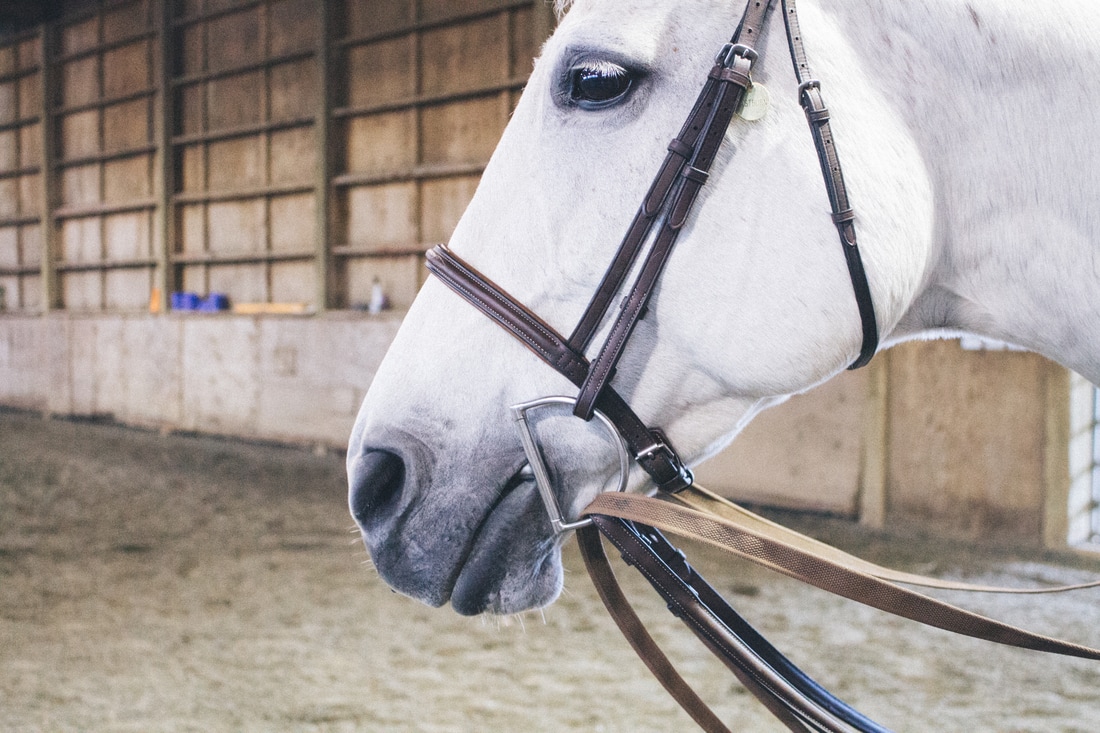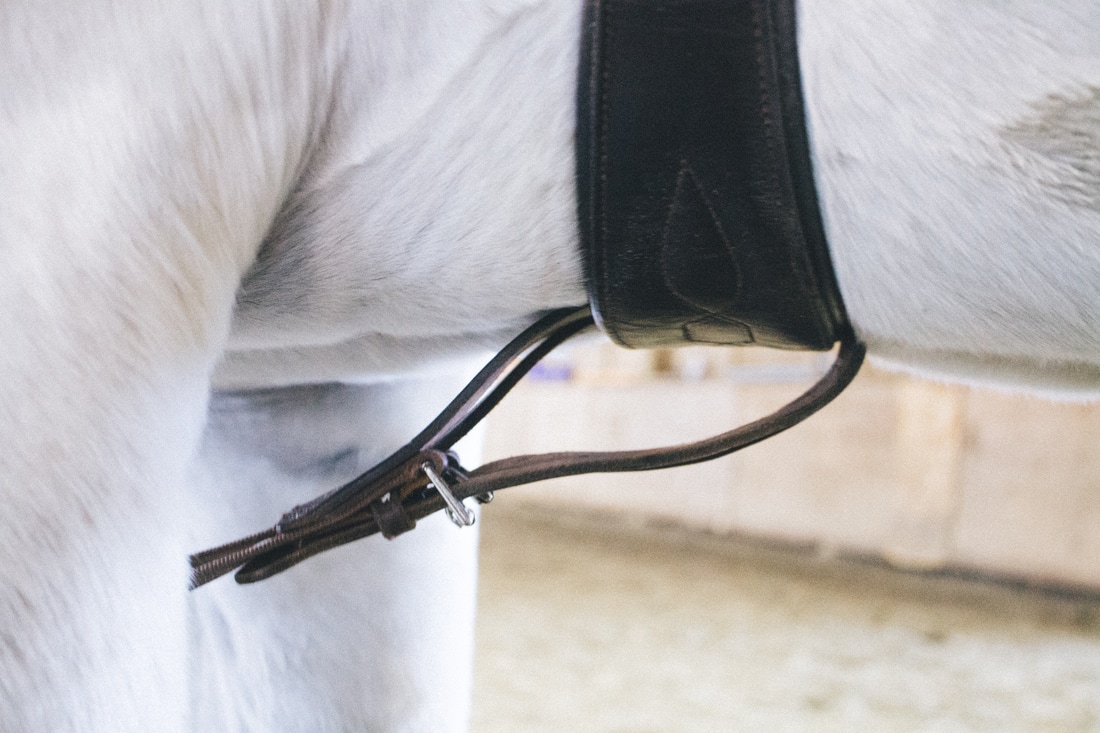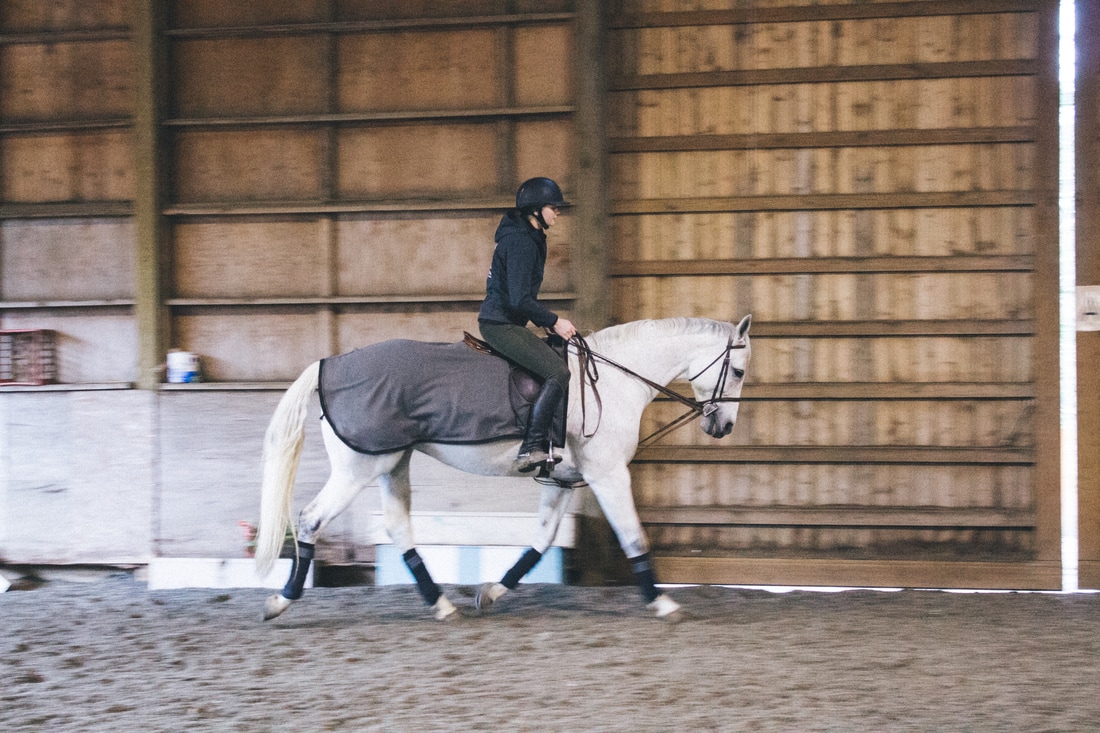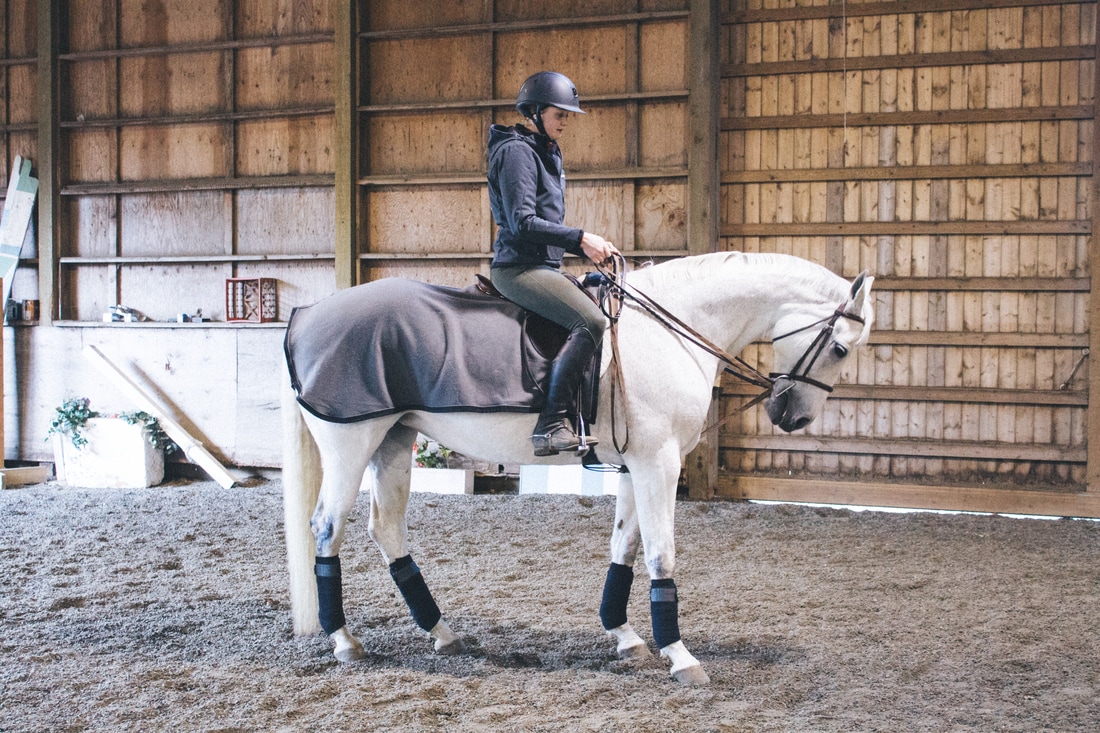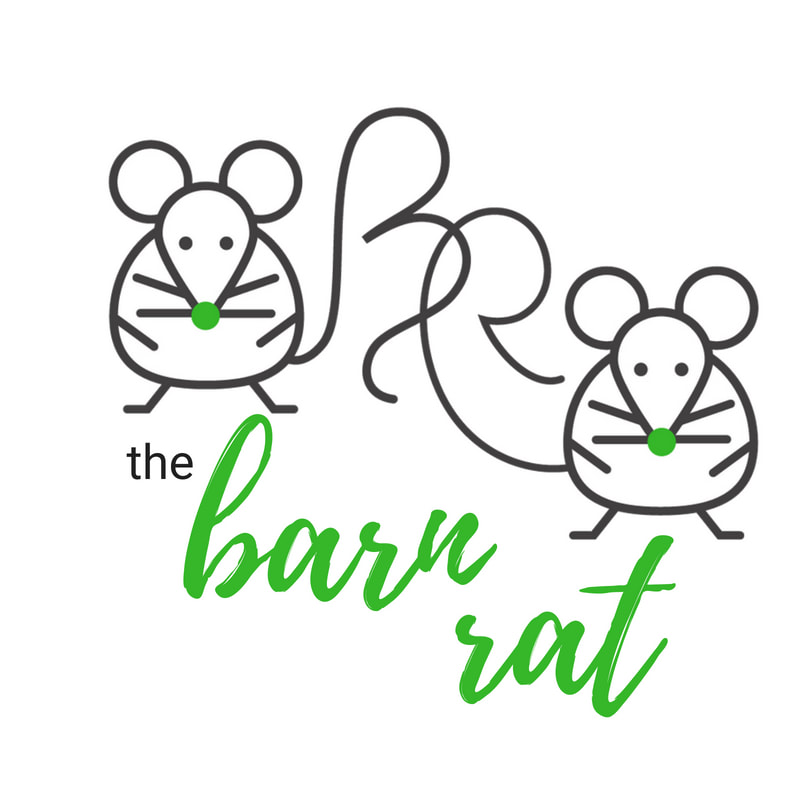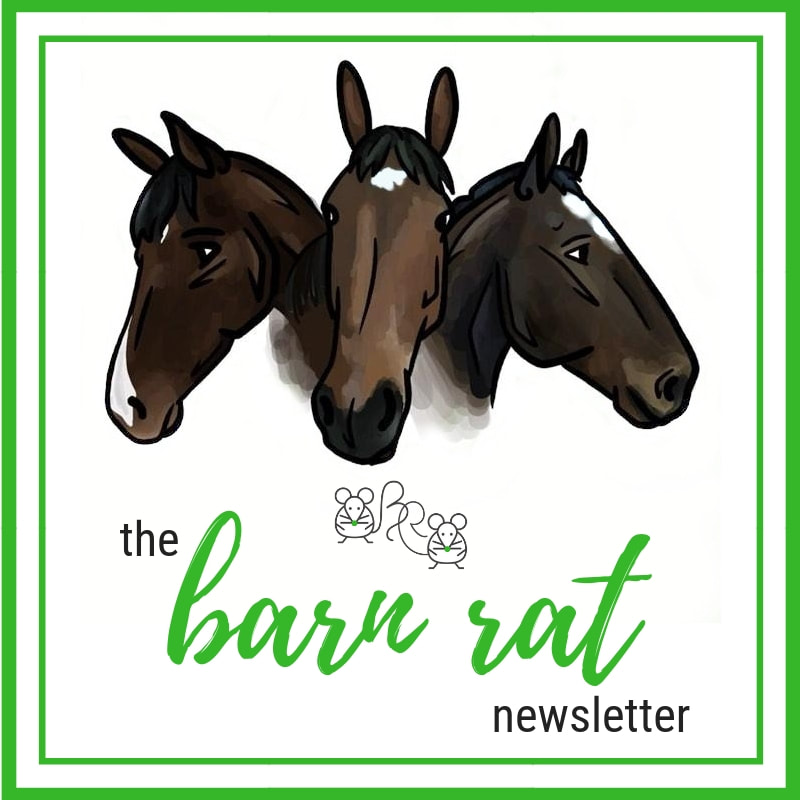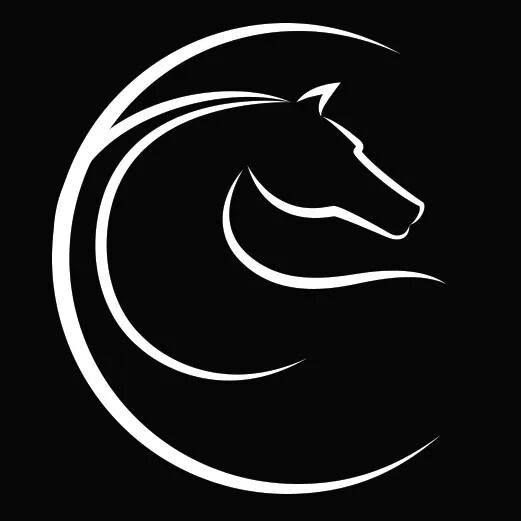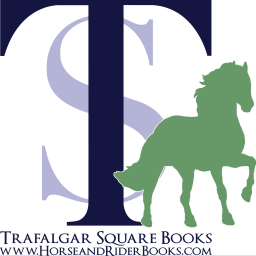|
The IEA season is just around the corner and I'm getting my backpack all ready to hit the road! As a coach I want to be prepared for anything that might come our way, so below you will see everything I have in my current ring bag. I feel like I'm pretty set, but there is always that feeling of something is missing. Hope not!
Have you ever thought about riding in college? Did you even know you could continue your riding career while continuing your education?! Today we are highlighting just one of the many ways you can ride in college. IHSA stands for Intercollegiate Horse Shows Association and is a college riding organization that offers competition in hunt seat equitation, western horsemanship and reining. There are over 400 schools in the U.S. and Canada that have participating teams! With so many schools offering IHSA teams the way each team is formatted can look different school to school. Some colleges and universities offer their IHSA teams as more of a club sport where a handful of riders get together and ride at a local barn and then compete at the shows, while other teams are made of hundreds of riders with the schools having their own barn and horses and some even cover the expenses of showing and offer scholarships. As you are looking around for your perfect fit for a school, if you are interested in riding on one of these teams be sure to reach out to the coach ahead of time to see if their team seems like the right fit for you! How does IHSA work?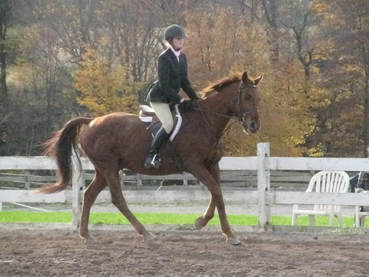 Well, basically you show up to the horse show and draw a horse's name out of a hat and then get on and show that horse. The hosting team provides all of the horses so owning your own is not necessary to be on the team. A typical day at an IHSA show would look like this: You and your team arrive at a crazy early hour to watch the warm up of the horses. You have no clue who you might be riding so you watch them all to try and see if you can pick up any clues on what they might be like. Then there are meetings and things for the coaches and captains, so unless you are one of those, you do a lot of waiting. Then you find out who you are riding. Sometimes you actually get to draw your horse's name out of a hat but most of the time the steward will do the draw to save time. Then you wait for your division (there is a lot of waiting). The levels range from 3' Open to Walk/Trot. What level you end up riding in is determined by your coaches at the beginning of the year and they take in to consideration your previous riding experience. Each coaching staff will have their own strategies on how to place riders but generally you want to be in a much lower level for IHSA than you would do on your own horse, or the horse you consistently ride. The reason for this is because riding a horse you don't know either over fences or through a reining pattern can be very difficult! And this horse you randomly are assigned, yeah, you don't get to warm it up at all! You literally get on, adjust your stirrups and then are led into the ring to go show. You don't even get to walk the horse independently, someone is always there handling the horse. All of this is to make sure there is a level playing field and that no one is getting to know their mount better than the next person. Each class is judged on the rider exclusively to help level the playing field and account for some horses being harder draws than others. Throughout the season riders compete in local shows hosted by different teams and earn points in each class to "point out" to the next division and to qualify for post season competition. After the regular season there is the Regional show and the top riders in each class from Regionals qualify for Zones. Below is a list of each zone and the states within that Zone. Then the leading riders and teams from each Zone participate in the National Finals that is held in different areas each year.
What are the benefits to riding on an IHSA team? There are a few major benefits to riding on an IHSA team. 1) It is probably the most feasible way to horse show ever! Let's face it, riding and showing is EXPENSIVE but doing so through IHSA is an amazing opportunity. At the most you can only ride in two classes per show and every show costs the same dollar amount to enter, so for the shows themselves they never add up to being more than you expected! Now each school can be different on the other costs of showing so be sure to ask about travel, coaching, equipment, meals and practices. For the most part, however, riding on an IHSA team is the easiest way to continue riding and showing throughout college. 2) Riding is typically a very individual sport so being in a team atmosphere is usually missing in regular horse show environments. So cheering on your teammates and traveling together can be a totally new experience for some. But, it is so worth it and the people you meet on your IHSA team often become friends for life!
Did you ride on an IHSA team when you went to college? Tell us all about it in the comments below!
With summer just around the corner and the warmer weather starting to give a taste of what's to come here are five ways you can spend time with your horse relaxing. Summer is the time to horse show every weekend but, just like we need a day off, sometimes our horses need a break from training and the routine. This post was sponsored by Nikwax Waterproofing.
Be sure to use their products to keep your equipment adventure ready! In this next part of our anatomy series we will focus on the bones of the front limb. The image below is not accurately to scale but it does show the general areas in which these bones live.
Sometimes horse anatomy lines up with other animals and some parts have unique names. Below is an image pointing out some of the most common horse specific parts. In the future we will dive deeper into some of these areas! For now, here are the parts that are talked about on possibly a daily basis. Poll - right behind the ears. Where the bridle and halter sit.
Mane - the long hair on the top of a horse's neck Withers - the pointy top of the shoulder Back - where the saddle goes Loins - the horse's weak lower back. Don't put the saddle here! Croup - basically the top of their bum Dock of the Tail - the muscle and bone of the tail Point of Hip - the pointy part that sticks out of their hip (I know, great explanation lol) Stifle - a joint about where the leg meets the body Hock - the pointy joint in the middle of a horse's back legs Fetlock - the ankle of all four legs Hoof - the horse's foot. The hoof is made up of the same material as our fingernails Coronet - the part right about a horse's hoof Gaskin - the muscly part between the hock and stifle Flank - the sensitive part of the horse that meets the belly to the back legs Elbow - the joint on the front legs that meet the leg to the body Knee - the middle joint of the front legs Pastern - the part between the hoof and the ankle Cannon - the part between the ankle and knee Shoulder - yup, that's their big ol' shoulder Daily we handle our horses. Grooming them, riding them and loving on them. Sometimes, we need to do something with our horses that they aren't particularly fond of, like clipping, delivering medication, or leading them on a windy day. When those situations occur using a restraint technique can ensure both yours and your horse's safety. Below are an overview of the most common restraints. These restraints can very in severity and are to be used with caution and understanding. Being too firm with your horse can cause them to fear you and the situation, which no one wants. If you are wanting to practice any of these techniques look to your instructor or barn manager for assistance.
When you first start riding, the overwhelming amount information that comes at you can be intense. It can seem like you need lockers full of stuff that you might never use. Well, if you are just getting started with horseback riding lessons below is a list of equipment that will really help your skills progress.
There are many different brands of helmet out there of all different designs, fit, price points and features. Sometimes you are buying brand recognition, but many times the higher priced helmets have more to offer in terms of safety and comfort. Below the 9 most recognizable helmet brands are examined.
What is your favorite helmet brand? Let us know in the comments below or share you picture on Instagram using the hashtag #TheBarnRat!
There are mixed feelings about draw reins. Many think they are abusive and others think that when used correctly are an effective training tool. I can see both sides to this coin, just like many things in the wrong hands almost anything can be used poorly. The negative and positive about draw reins is that they are easily adjusted. To make them tighter you just shorten the draw rein in your hand. This is convenient over tools that you would have to dismount to adjust. When used correctly draw reins are a helpful tool to get a horse to use their back and accept contact with the bridle. Below are the steps to use draw reins, a correct working example and an incorrect example. |
Categories
All
SponsorsInterested in sponsoring The Barn Rat? Be sure to contact us here!
|
